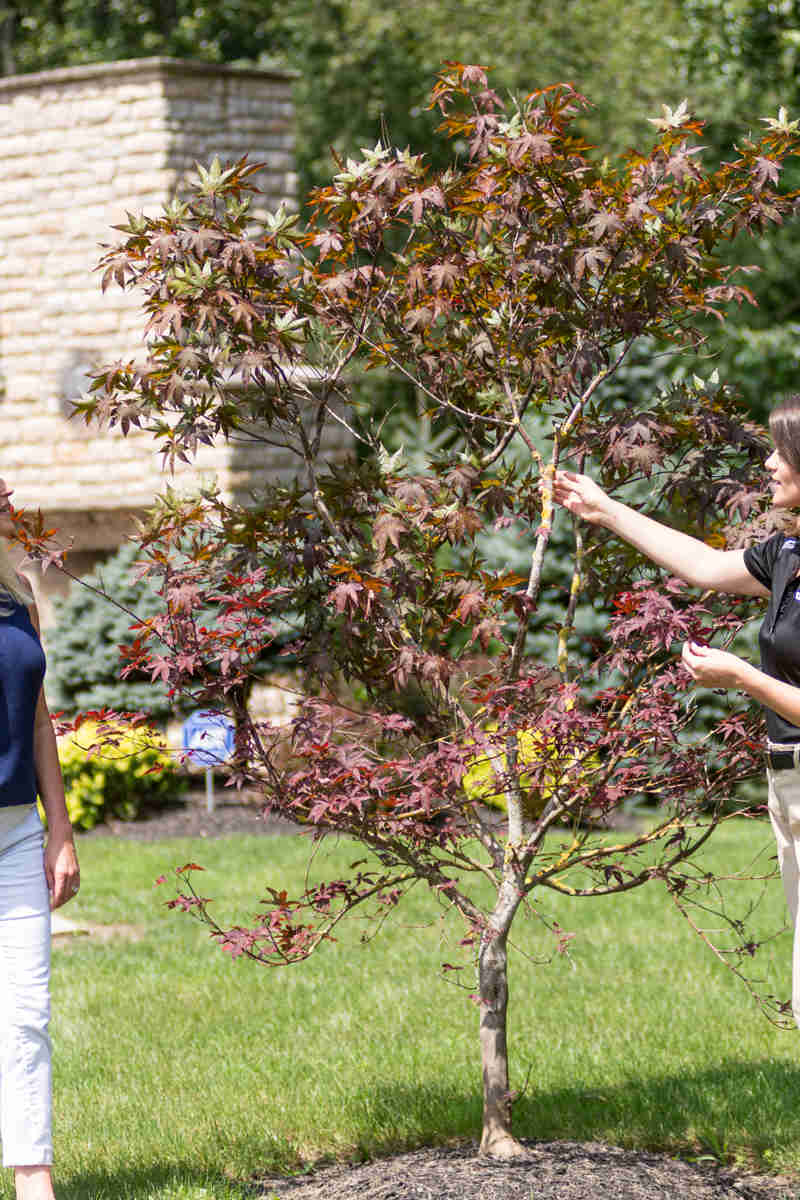Gloomy Scale Description:
Gloomy scale, Melanaspis tenebricosa, is an armored scale insect pest of ornamental trees, most commonly found on the red maple. They are found throughout the Southeastern United States as far north as Maryland, south to Florida and west to Texas. They are more abundant on trees in cities than in natural environments. These pests will pierce tree bark and deplete the tree of its nutrients. Eventually, heavily infested trees will display branch dieback, canopy thinning and eventual death in severe cases.
Hosts:
Gloomy scale primarily affects red maples and silver maples. Other species that it has been known to feed on include: sugar maple, elm, hackberry, tulip poplar, boxelder, buckthorn, sweet gum, mulberry, gallberry, soapberry and native hollies.
Biology & Symptoms:
Gloomy scales overwinter as mated adult females. Adult female covers, called tests, are up to 2 millimeters wide with a small black spot surrounded by a pale ring. The test is convex and can be gray to brown, blending in with the surrounding bark. In the spring, crawlers (the mobile juveniles) emerge within 6 to 8 weeks and find new feeding sites. Once the crawler inserts its mouthparts into the bark, it tucks in its legs and antennae and begins secreting the test. After the scale molts, it will no longer have antennae or legs. Males emerge to mate with adult females in August. There is one generation of gloomy scale per year. The bark of heavily infested trees will darken and have a bumpy texture.
Management:
An integrated management approach is necessary for gloomy scale. Proactively, consider the site make-up
for plantings to help determine if scales might become abundant in the future. Trees on sites with a lot of hardscapes such as roads, sidewalks, parking lots and buildings are subjected to greater temperatures, which increases tree stress and therefore susceptibility to scale infestation. Research has shown that reducing plant stress by proper planting and watering can reduce susceptibility to infestation and damage by gloomy scale. Concurrent with tree stress reduction, a treatment program can be important. This may involve targeting scale crawlers during their emergence window with contact insecticides, targeting the feeding stage with
systemic insecticides, and/or targeting overwintering adults with horticultural oil. Consult with your local arborist for the best treatment and management options.





